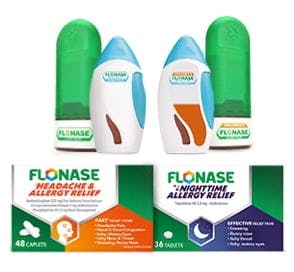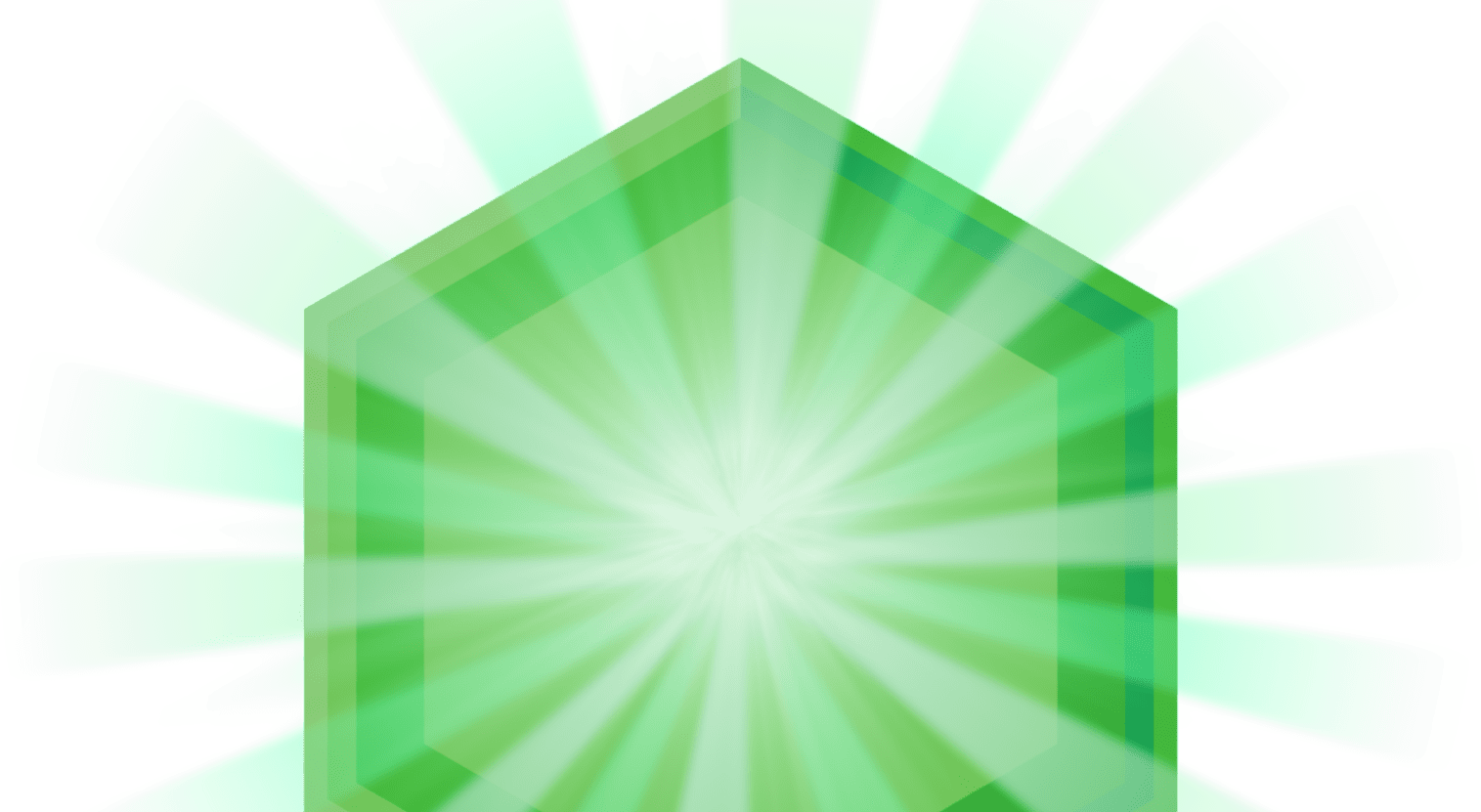
FALL ALLERGIES 101
ABOUT FALL ALLERGIES
So, the blooms of summer have faded, but your allergy symptoms are back. Although the triggers are different, fall can be just as troublesome for allergy sufferers as spring or summer. While tree pollen dominates during the spring and grass pollen during the summer, fall has a few allergy culprits of its own that can be particularly problematic.
CAUSES OF FALL ALLERGIES
FALL ALLERGY SYMPTOMS
How do you know it’s fall allergies and not a cold? While symptoms can appear similar, there are some important differences. For starters, with allergies your mucus will most likely be clear and thin. Other symptoms might include:
• nasal congestion
• runny nose
• sneezing
• itchy, watery eyes
FALL ALLERGY TIPS AND TREATMENTS
KEEP AN EYE ON THE POLLEN COUNT
Fall is prime time for family outings like apple picking, hiking, and viewing fall leaves. Before you go, always check the pollen count for where you’re headed.
GET CLEANING
Spring isn’t the only time of year for cleaning house. During the summer, allergens like dust mites and mold make themselves comfortable, and pollen can drift in through open windows and clog air conditioner filters. Here are 3 ways to get your home ready for fall.
TREAT YOUR ALLERGY SYMPTOMS
You can do everything in your power to reduce allergens, but you can’t get rid of them entirely. That’s why it’s important to manage symptoms daily. Unlike most allergy pills, once-daily FLONASE Allergy Relief nasal sprays relieve nasal congestion,* plus sneezing, runny nose, itchy nose, and itchy, watery eyes,** so you can enjoy the season without worrying about your symptoms.
*vs single-ingredient antihistamines that do not treat nasal congestion.
**FLONASE SENSIMIST is indicated for itchy, watery eyes in adults and children 12 years of age and older.
Sources:
- Allergic and Non-Allergic Rhinitis Frequently Asked Questions | Marshfield Clinic Health System. (n.d.). Retrieved June 18, 2018, from https://www.marshfieldclinic.org/specialties/allergies/allergies-allergic-and-non-allergic-rhinitis-frequently-asked-questions
- Ragweed Allergy | Asthma and Allergy Foundation of America New England Chapter. (n.d.). Retrieved June 18, 2018, from http://asthmaandallergies.org/asthma-allergies/ragweed-allergy/
- Mold Allergy | Asthma and Allergy Foundation of America New England Chapter. (n.d.). Retrieved June 18, 2018, from http://asthmaandallergies.org/asthma-allergies/mold-allergy/
- Dust Mite Allergy | Asthma and Allergy Foundation of America New England Chapter. (n.d.). Retrieved June, 18, 2018, from http://asthmaandallergies.org/asthma-allergies/dust-mite-allergy/




